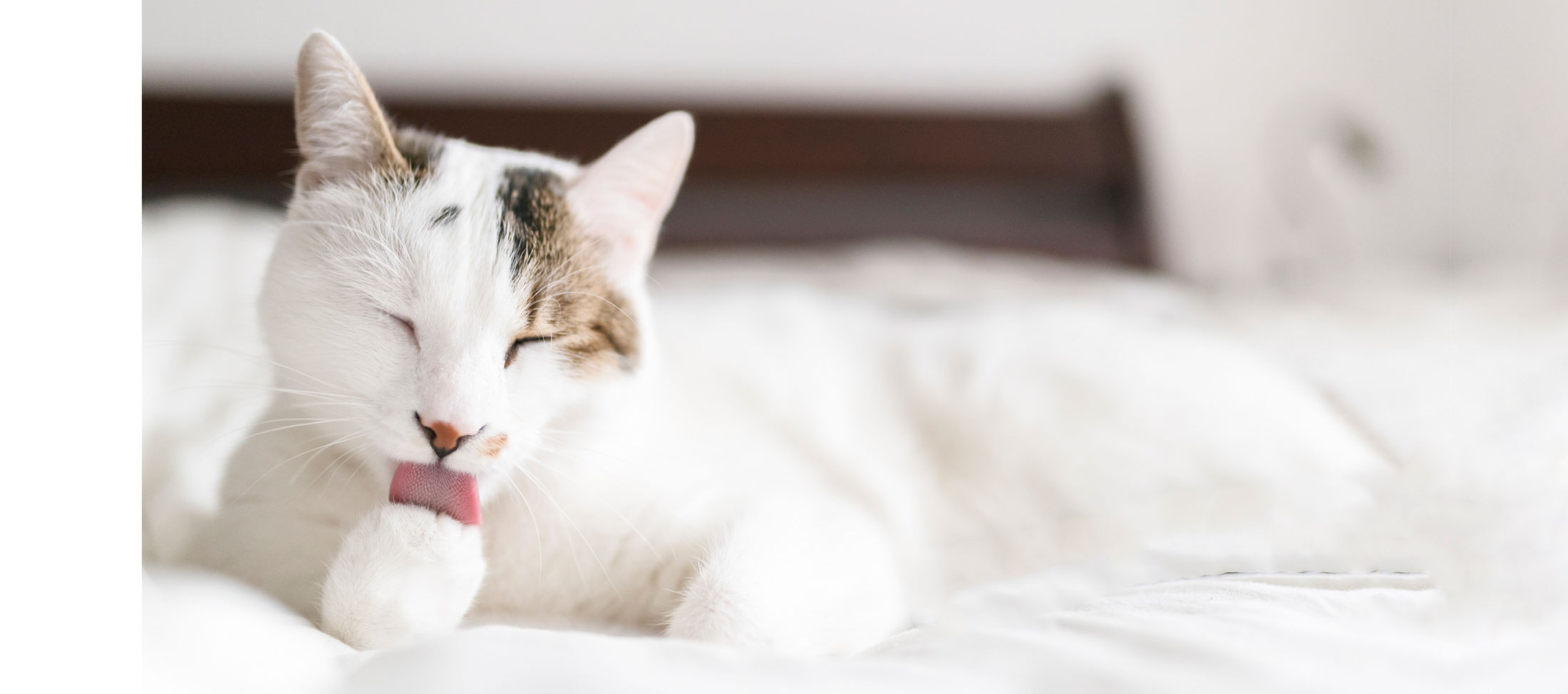Library
-
The cornea is the transparent, shiny membrane that makes up the front of the eyeball. With a corneal ulcer, fluid is absorbed from the tears into the stroma, giving a cloudy appearance to the eye. The most common cause of a corneal ulcer is trauma. Less common causes of corneal ulcers include bacterial infections, viral infections, and other diseases.
-
Corns are specific types of bruises of the sole, specifically occurring at the angle of the sole between the hoof wall and the bars, i.e., at the 'seat of corn', most commonly affecting the medial (inside) aspect of the front feet.
-
A cough is an expiratory effort producing a sudden, noisy expulsion of air from the lungs. In cats, coughing is most often a sign of an inflammatory problem, affecting the lower respiratory tract, especially some form of bronchitis, often due to an infection. Heartworm infection, allergies, presence of foreign material within the airway, or irritation from inhaled liquids or gases can all be responsible for coughing and respiratory problems in cats. In order to diagnosis the cause, blood tests, laboratory cultures, endoscopic examination, and radiography may be performed. Treatment depends on the diagnosis and your cat's medical condition.
-
Crop infections in birds are not as common as they once were, but are still a potentially dangerous condition in all avian species. A slowing or stoppage of crop motility can be caused by bacteria, yeast and a variety of viruses. Early veterinary attention is essential to help treat this condition.
-
This handout outlines cruciate ligament rupture, an orthopedic condition, in cats. The common causes, clinical signs, diagnosis, and treatments are described.
-
This handout discusses the use of cryosurgery in pets. This technique involves the use of extreme cold to destroy abnormal or diseased tissues. A short discussion in included as to how the technique is used, and in what circumstances it may be appropriate to use.
-
No, it is not a Lab with a perm - those fashionable and form-fitting curls are all natural for the aptly named Curly-Coated Retriever. One of the most eye-catching of the sporting breeds, the Curly boasts curls that would take us hours at the hairdresser to achieve, yet the coat maintenance of the Curly is surprisingly simple.
-
Treatment for Cushing’s disease using mitotane involves two phases: initiating phase and maintenance phase. Monitoring your dog’s food and water intake is very important. This handout provides detailed treatment instructions for dogs prescribed mitotane. Follow your veterinarian’s instructions carefully and report changes in your dog’s behavior to your veterinarian.
-
Cutaneous histiocytosis is an uncommon condition in dogs. It is a non-cancerous increase in the number of reactive cells (histiocytes) caused by an immune system dysfunction. It generally manifests as multiple bumps and nodules confined to the dog's skin. The clinical signs, diagnosis, and treatment of this condition are explained in this handout.
-
Skin cancers are common in cats, but cutaneous lymphoma is relatively uncommon. Less than 2% of lymphoma cases in cats occur in the skin. As the disease progresses, the skin becomes thickened, reddened, ulcerated, and may ooze fluid. The most common locations to find lesions include the junction between mucus membranes and the skin. Unfortunately, feline cutaneous lymphoma is considered incurable. Surgical removal can be attempted for solitary lesions, although the tumor often returns to the area or will have spread elsewhere in the body already



